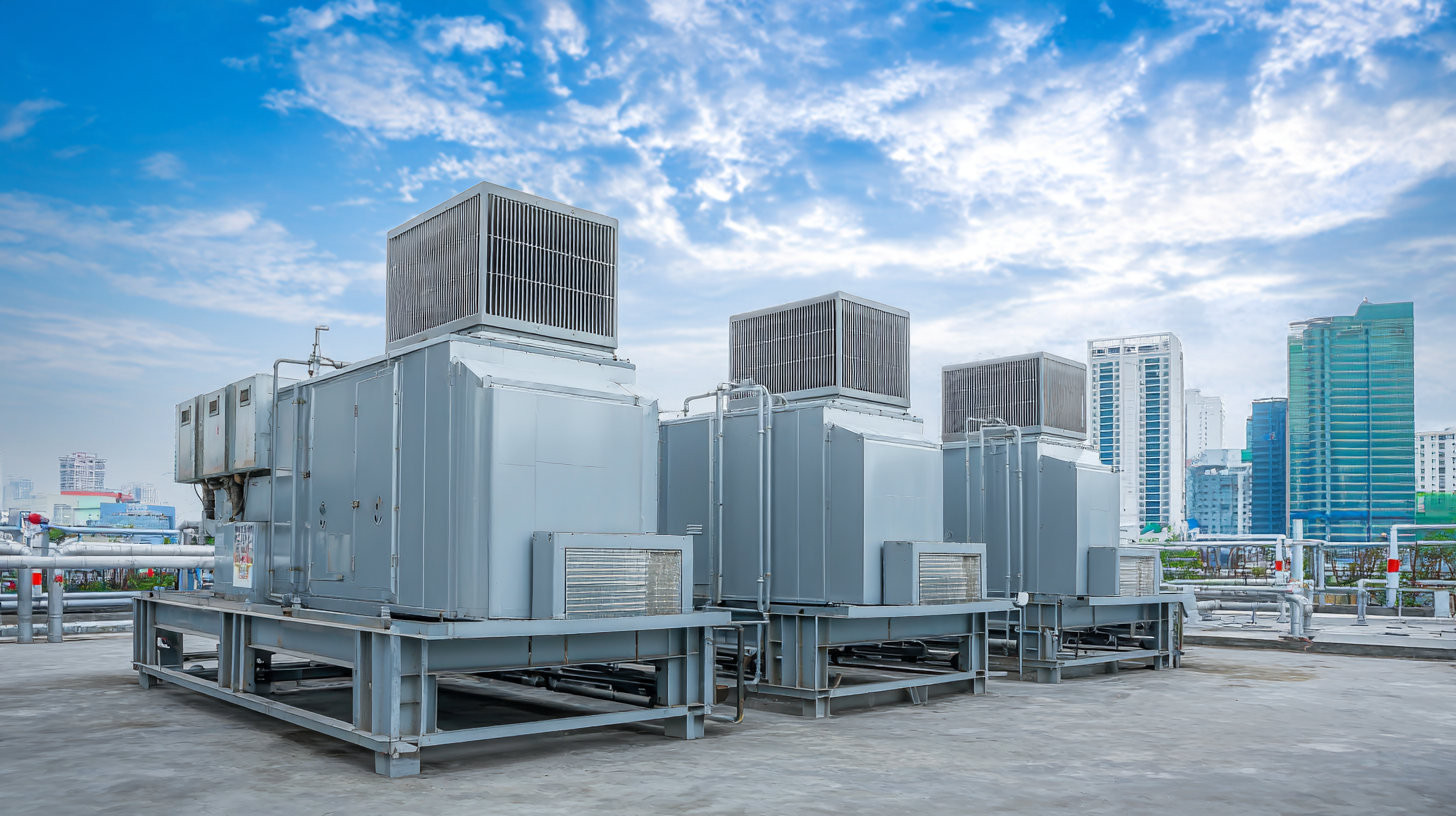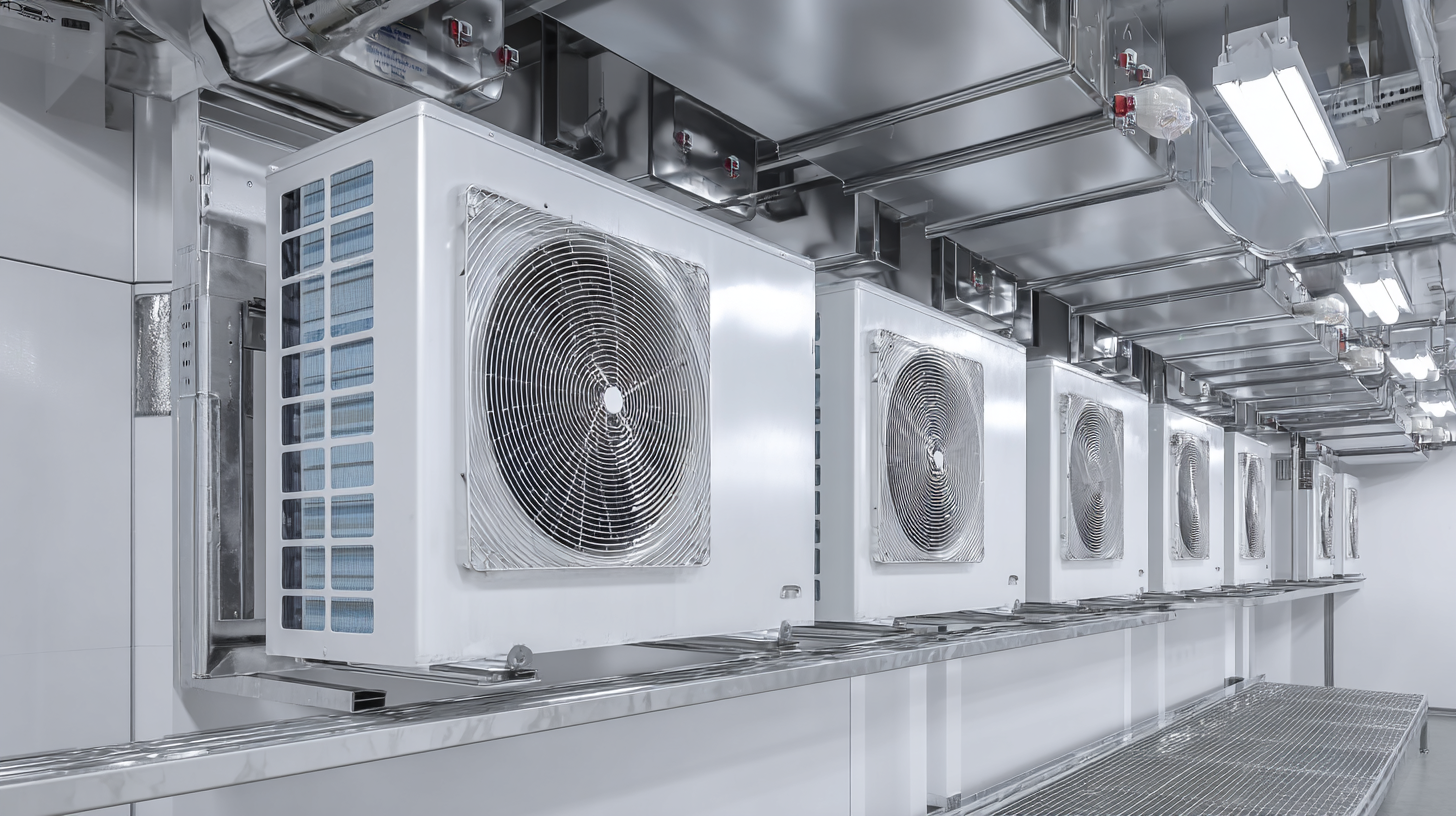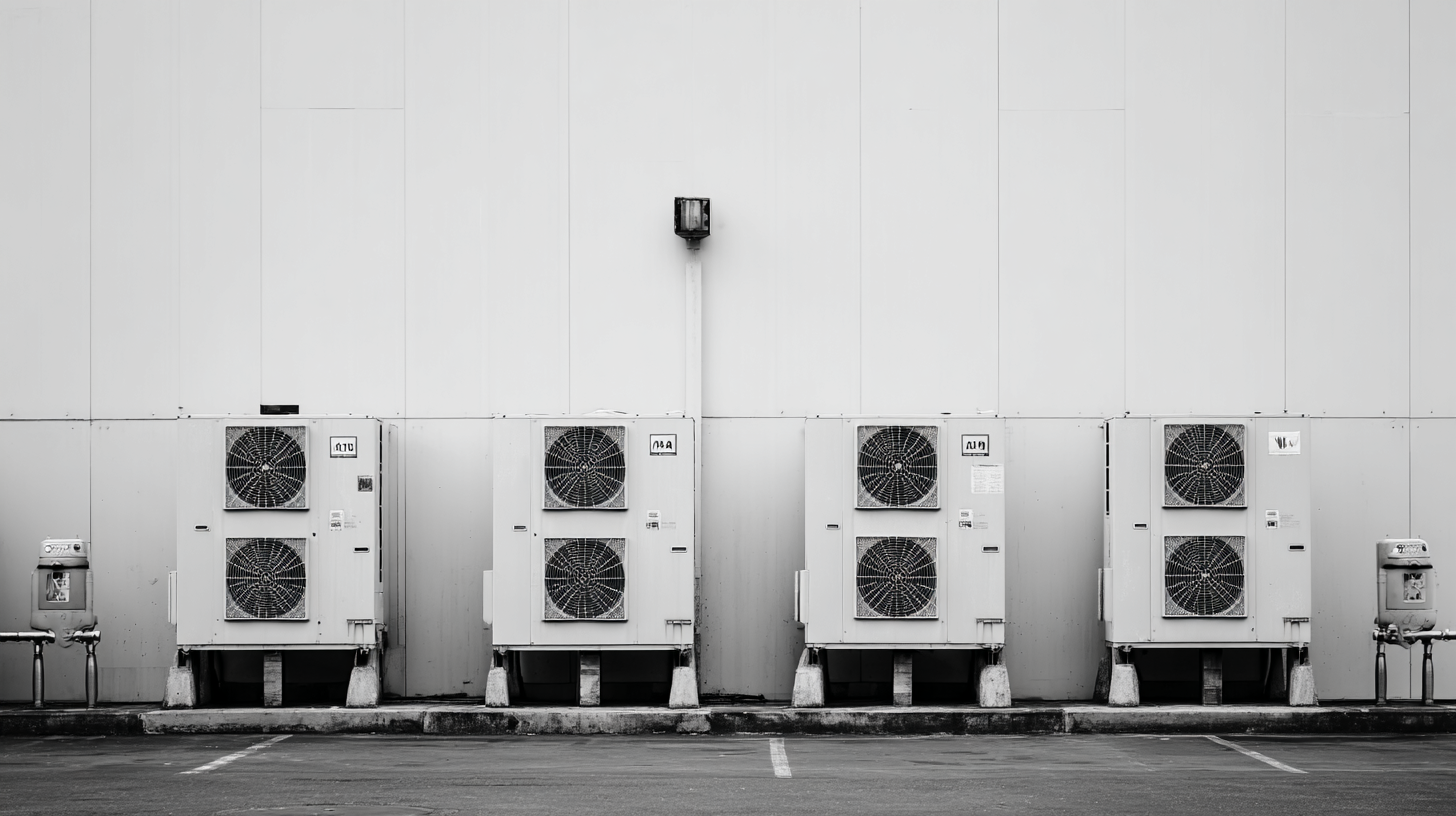Understanding the Role of Air Handlers in HVAC Systems for Optimal Energy Efficiency
In the quest for enhanced energy efficiency within HVAC systems, the role of air handlers HVAC is paramount. According to the U.S. Department of Energy, HVAC systems account for approximately 40% of a building's energy consumption, highlighting the need for optimal performance in air distribution equipment.
 Air handlers not only facilitate the circulation of conditioned air throughout a space but also significantly impact energy use and indoor air quality. Recent studies suggest that upgrading or properly maintaining air handlers can lead to energy savings of up to 30%, demonstrating their crucial position in achieving overall HVAC efficiency.
As buildings strive to meet stringent energy codes and reduce their environmental footprint, understanding the functionality and importance of air handlers becomes essential for engineers, designers, and facility managers alike. This article delves into the various types of air handlers, their operational mechanics, and strategies for optimizing their performance in modern HVAC systems.
Air handlers not only facilitate the circulation of conditioned air throughout a space but also significantly impact energy use and indoor air quality. Recent studies suggest that upgrading or properly maintaining air handlers can lead to energy savings of up to 30%, demonstrating their crucial position in achieving overall HVAC efficiency.
As buildings strive to meet stringent energy codes and reduce their environmental footprint, understanding the functionality and importance of air handlers becomes essential for engineers, designers, and facility managers alike. This article delves into the various types of air handlers, their operational mechanics, and strategies for optimizing their performance in modern HVAC systems.
Understanding Air Handlers: Key Components of HVAC Energy Efficiency
 Air handlers are essential components of HVAC systems, playing a pivotal role in maintaining energy efficiency. According to the U.S. Department of Energy, proper selection and maintenance of air handlers can improve the overall efficiency of HVAC systems by up to 25%. An air handler's primary function is to circulate air throughout a building, ensuring that temperature and humidity levels are balanced. This is achieved through the integration of fans, filters, and heat exchangers, which work cohesively to deliver conditioned air effectively.
Air handlers are essential components of HVAC systems, playing a pivotal role in maintaining energy efficiency. According to the U.S. Department of Energy, proper selection and maintenance of air handlers can improve the overall efficiency of HVAC systems by up to 25%. An air handler's primary function is to circulate air throughout a building, ensuring that temperature and humidity levels are balanced. This is achieved through the integration of fans, filters, and heat exchangers, which work cohesively to deliver conditioned air effectively.
Moreover, involving variable speed fans in air handlers is proven to enhance energy performance significantly. A report from the American Society of Heating, Refrigerating and Air-Conditioning Engineers (ASHRAE) highlights that variable speed technology can reduce energy consumption by 30-50% compared to traditional constant speed fans. By optimizing airflow while minimizing energy use, these advanced air handlers contribute to lower operational costs and decreased environmental impact. Therefore, understanding and investing in efficient air handler systems is a critical step towards achieving optimal energy performance in HVAC setups.
The Energy Savings Potential of Modern Air Handling Units (AHUs)
Modern air handling units (AHUs) play a pivotal role in maximizing energy efficiency within HVAC systems. By incorporating advanced technologies such as variable speed drives, efficient fans, and real-time monitoring capabilities, these units are designed to optimize airflow while minimizing energy consumption. The integration of these features not only enhances performance but also significantly reduces operational costs, allowing for substantial energy savings over time.
Moreover, today's AHUs are equipped with improved filtration systems and humidity controls that enhance indoor air quality. These systems are critical in reducing the need for excessive heating or cooling, thereby conserving energy resources. As more building managers and homeowners recognize the potential for energy savings, investing in modern AHUs becomes a key strategy for improving overall sustainability in building operations. By adopting these state-of-the-art air handling solutions, facilities can achieve a more efficient balance between comfort and energy use, making strides towards an environmentally responsible future.
Energy Efficiency of Modern Air Handling Units (AHUs)
This chart illustrates the energy savings potential of modern air handling units (AHUs) compared to conventional units, showcasing how advancements in technology can lead to significant improvements in energy efficiency.
Selecting High-Efficiency Filters: Impact on Air Quality and Energy Use
High-efficiency filters play a pivotal role in enhancing air quality and optimizing energy use within HVAC systems.
These filters are designed to capture an increased amount of airborne particles, including dust, pollen, and microbes, thereby significantly improving indoor air quality. By using high-efficiency filters, HVAC systems can maintain cleaner air, which benefits occupants’ health and comfort. Furthermore, as these filters trap more particles, the frequency of required air handler maintenance may decrease, resulting in prolonged equipment life and reduced operational costs.
In addition to improving air quality, high-efficiency filters contribute to energy efficiency within HVAC systems. When filters are clean and effectively trapping particles, air handlers do not have to work as hard to maintain airflow. This reduced workload translates to lower energy consumption, ultimately leading to cost savings on electricity bills. However, it’s essential to select the right filter type and ensure it is regularly maintained to prevent excessive buildup that could impede airflow. By striking a balance between filtration efficiency and airflow, building owners can achieve optimal energy efficiency while ensuring a healthy indoor environment.
Optimizing Airflow: Balancing Ventilation for System Effectiveness
Effective airflow management is crucial in HVAC systems to optimize energy efficiency and enhance indoor air quality. By focusing on the balance of ventilation, systems can significantly improve their effectiveness while maintaining comfort levels. Modern approaches, such as model predictive control (MPC), offer innovative solutions that integrate heating and ventilation for improved performance. These methods not only ensure a consistent flow of fresh air but also minimize energy consumption by adjusting system operations based on real-time data and predictive analytics.
In specialized environments like underground mines, effective ventilation becomes even more critical. As mining operations extend deeper, traditional systems may struggle to ensure safety and optimal air quality. Advanced ventilation strategies, including bespoke mining fans and intelligent airflow control mechanisms, can enhance safety by optimizing airflow patterns and reducing energy intensity. By employing these innovative systems, mining facilities can maintain safe working conditions while simultaneously achieving significant energy savings, reflecting the importance of meticulous airflow optimization in both industrial and commercial settings.
Understanding the Role of Air Handlers in HVAC Systems for Optimal Energy Efficiency
| Dimension | Value | Comments |
|---|---|---|
| Airflow Rate (CFM) | 1200 | Optimal for residential settings |
| Energy Efficiency Ratio (EER) | 12.5 | Indicates effective cooling performance |
| Filter Efficiency (%) | 95 | High-efficiency particulate air filter |
| Static Pressure (in. WC) | 0.5 | Ensures adequate airflow |
| Annual Energy Usage (kWh) | 4000 | Estimated based on average usage |
Regular Maintenance Practices: Ensuring Longevity and Efficiency in HVAC Systems
Regular maintenance of air handlers in HVAC systems is critical for ensuring longevity and optimal energy efficiency. According to the Building Efficiency Initiative, well-maintained HVAC systems can achieve energy savings of up to 30%. This is largely due to the reduction of operating strains on the system when key components, such as air filters and coils, are cleaned or replaced at recommended intervals. Neglecting these components can lead to increased air resistance, reducing airflow and forcing the system to work harder than necessary, ultimately increasing energy consumption.

Furthermore, the U.S. Department of Energy emphasizes that routine maintenance practices, such as inspecting and sealing ductwork, can help minimize energy losses of up to 20%. Regular checks and adjustments not only prolong the lifespan of the HVAC system but also enhance indoor air quality by preventing contaminants from circulating through the environment. By committing to a proactive maintenance schedule—which includes changing air filters every 1-3 months and scheduling professional inspections at least once a year—building owners can ensure that their HVAC systems operate more efficiently, thus contributing to lower energy bills and a healthier indoor atmosphere.
